Dicarboxylic acids pathway is seen in
Leaves of Dolichos
Roots of Maize
Stems of Opuntia
Leaves of Saccharum
The correct Answer is:D
Step-by-Step Solution:
1. Understanding the Question: The question asks about the dicarboxylic acid (DCA) pathway and where it is observed.
2. Identifying the DCA Cycle: The Dicarboxylic Acid cycle is also referred to as the DCA cycle. It is associated with the C4 pathway of photosynthesis.
3. C4 Pathway Overview: The C4 pathway is a photosynthetic process that occurs in certain plants, known as C4 plants. This pathway is efficient in capturing carbon dioxide and is particularly advantageous in hot and dry environments.
4. Examples of C4 Plants: Some common examples of C4 plants include maize (corn), sugarcane, and sorghum. These plants utilize the DCA cycle in their photosynthetic process.
5. Analyzing the Options: The options provided are:
- Leaves of dolicose
- Roots of maize
- Stem of apuncia
- Leaves of saccharum
6. Selecting the Correct Option: Among the options, maize is a known C4 plant. Therefore, the DCA pathway is observed in the roots of maize. The other options do not represent C4 plants.
7. Conclusion: The correct answer is the roots of maize, as it is a C4 plant that utilizes the dicarboxylic acid pathway.
Final Answer:
The dicarboxylic acids pathway is seen in the roots of maize.
---
- Leaves of dolicose
- Roots of maize
- Stem of apuncia
- Leaves of saccharum
The dicarboxylic acids pathway is seen in the roots of maize.
Topper's Solved these Questions
- PHOTOSYNTHESIS IN HIGHER PLANTS BOOK - AAKASH SERIESCHAPTER - PHOTOSYNTHESIS IN HIGHER PLANTS EXERCISE - Exercise - II
33 Videos
- PHOTOSYNTHESIS IN HIGHER PLANTS BOOK - AAKASH SERIESCHAPTER - PHOTOSYNTHESIS IN HIGHER PLANTS EXERCISE - Exercise - III
27 Videos
- ORGANISMS AND POPULATIONSBOOK - AAKASH SERIESCHAPTER - ORGANISMS AND POPULATIONSEXERCISE - EXERCISE-III (PREVIOUS AIPMT/NEET QUESTIONS)
35 Videos
- PLANT GROWTH AND DEVELOPMENT BOOK - AAKASH SERIESCHAPTER - PLANT GROWTH AND DEVELOPMENT EXERCISE - EXERCISE -III (PREVIOUS AIPMT/NEET QUESTIONS)
27 Videos
Similar Questions
Consider the following compounds:-
1. Phosphoenol pyruvate-
2. Malic acid-
3. Pyruvic acid-
4. Oxaloacetic acid-
What is the correct sequence of these intermediate compounds as they form in C4 dicarboxylic acid pathway flowing the PEP-carboxylation reaction?
View SolutionMechansim of aerboic respiraton//tricarboxylic acid pathway was disocovered by
View Solution
Knowledge Check
Which molecule will give following dicarboxylic acid upon treatment with acidic solution of KMnO4?
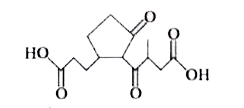 A
A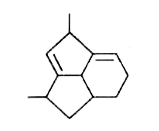 B
B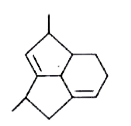 C
C D
D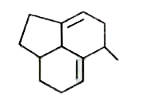
CAM pathway is observed in
View SolutionDicarboxylic acid cycle is also known as
View SolutionCertain dicarboxylic acids spontaneously eliminate water when heated forming cycioc anhydirides. But for the reaction to be successfully. The cyclic anhydrides product must normally have a ring size of fivee or six members. There are two important reasons, first, the second carboxyl group can serve as the acid catalyst (by intramolecular proton transfer), as well as the nucleophile. And second, the high temperature involved reduce the need for catalyst.
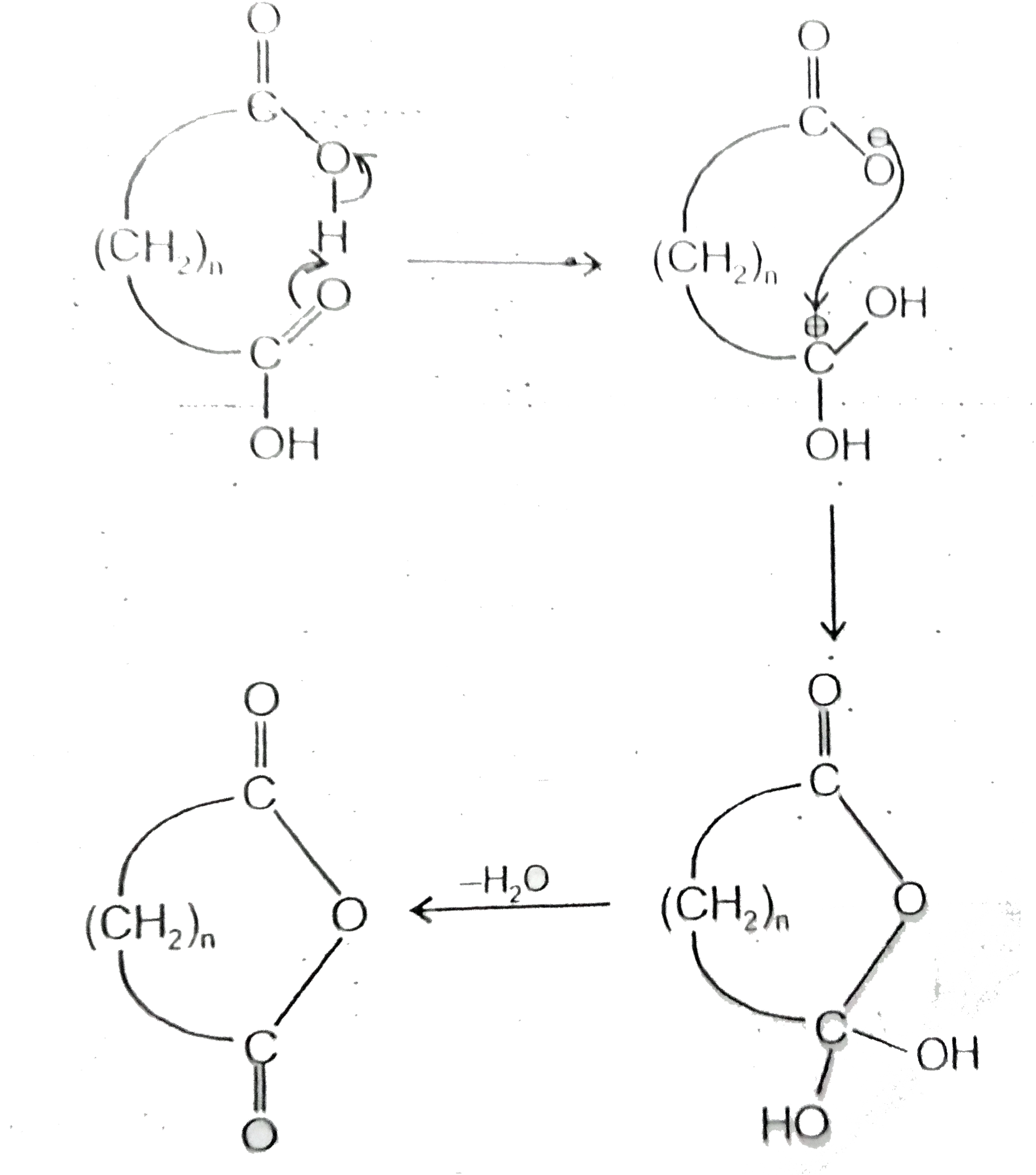
Which of the following dicarboxylic acid will not for cyclic anhydrides?
View SolutionCertain dicarboxylic acids spontaneously eliminate water when heated forming cycioc anhydirides. But for the reaction to be successfully. The cyclic anhydrides product must normally have a ring size of fivee or six members. There are two important reasons, first, the second carboxyl group can serve as the acid catalyst (by intramolecular proton transfer), as well as the nucleophile. And second, the high temperature involved reduce the need for catalyst.
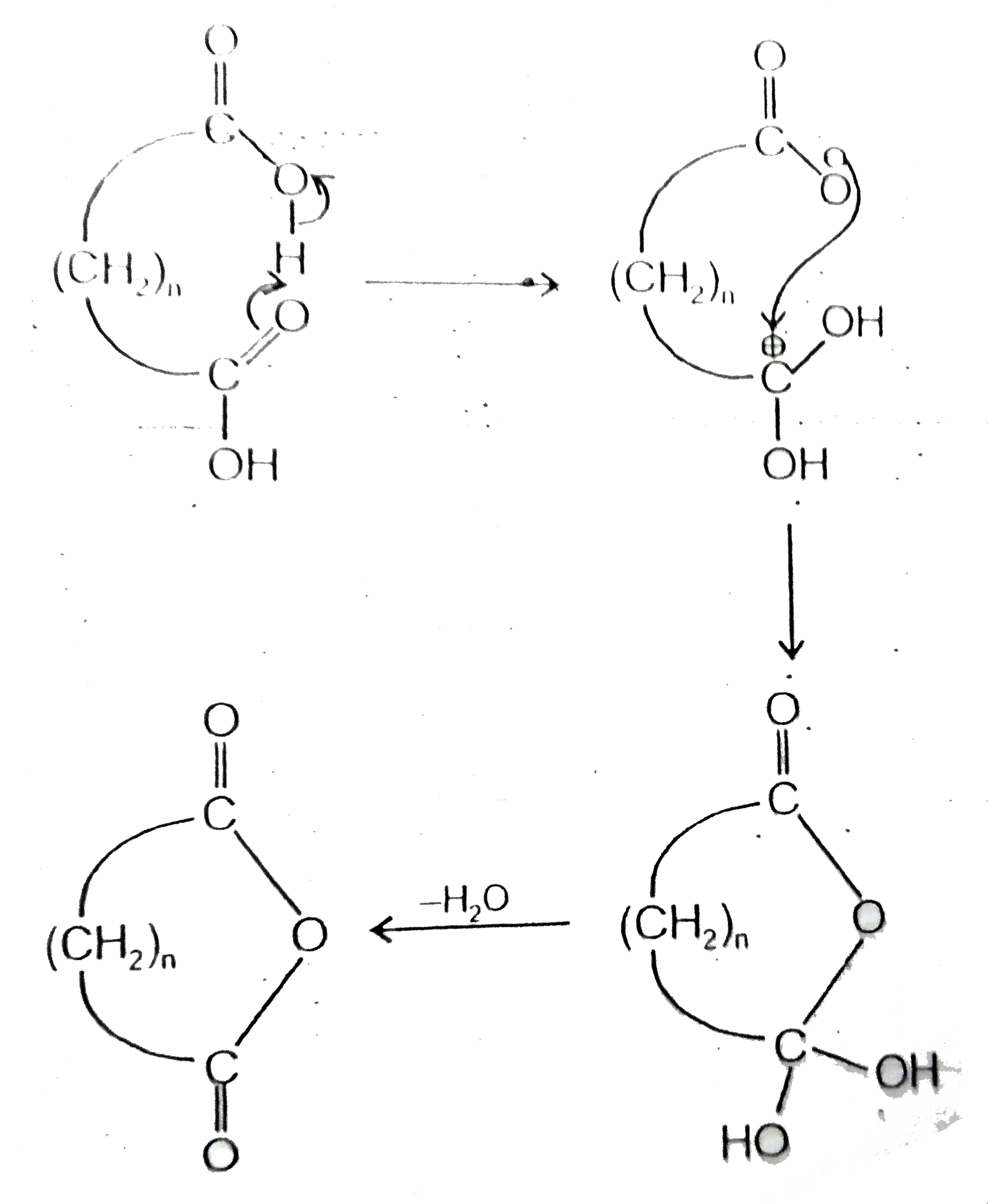
Which of the following dicarboxylic acid would you expect to form cyclic anhydride?
View SolutionApoplastic pathway is observed in
View SolutionAn amphibolic pathway is
View SolutionA : Tricarboxylic acid cycle is an amphibolic pathway.
R : A number of TCA cycle intermediates are used in various catabolic reactions only.
View Solution
